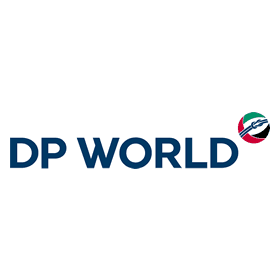
The growth in traffic through DP World’s container terminals was modest in 2018. Overall growth was less than inspiring with the head of the company ascribing its muted performance to trade instability.
Overall the Dubai-owned business saw the number of containers it handled increase by 1.4% on a consolidated like-for-like basis and by 0.8% on a ‘reported basis’, after its acquisitions and disposals are included. In total DP World moved 36.760m TEUs on a consolidated basis over 2018.
The geographical break down of its performance saw the terminals in the Asia Pacific & Indian subcontinent region doing not too well at a growth rate of 0.5% on a consolidated like-for-like basis. The Americas & Australia region did not do too well either with a like-for-like growth of rate -0.1% although straight consolidated growth was 16% here. However, the key ‘Europe, Middle East and Africa’ segment grew by 2.1% on a like-for-like basis, which might sound reasonable. However, these numbers included the ramp-up of three usefully large terminals at Yarimca in Turkey, Prince Rupert in Canada and London Gateway. In addition, DP World says that “performance in Africa” remained robust “driven by Dakar in Senegal and Sokhna in Egypt”, so it might be expected that growth would have been higher. What disproportionately restrained expansion was poor performance at the core facilities in the UAE, where gross like-for-like volume growth was negative at -2.7% although on a consolidated basis it rose by 0.8%. Over the last quarter gross like-for-like volumes were down 4.6%.
The growth in regions such as Africa or terminals such as London Gateway is being driven by local factors. In contrast the Dubai terminals are heavily exposed to global trade, especially the key east-west routes and traffic in emerging markets such as India. It must be noted however that Ahmed Bin Sulayem, CEO of DP World, ascribed part of the fall in volumes to rationalisation of the business, leading the terminals in the UAE to focus on more profitable container flows. However, he admitted that 2019 would be “challenging” and the “US-China trade dispute had created uncertainty in the market.”
Yet, before jumping to conclusions about the trends in world trade it should be noted that US ports such as Los Angeles/Long Beach are bursting at the seams with record breaking volumes, and so is much of the US transportation infrastructure inland. It might be asked, if the US is at the centre of the US-China trade dispute, why is it not suffering as much as port complexes in other regions?
Source: Transport Intelligence, February 2019
Author: Thomas Cullen